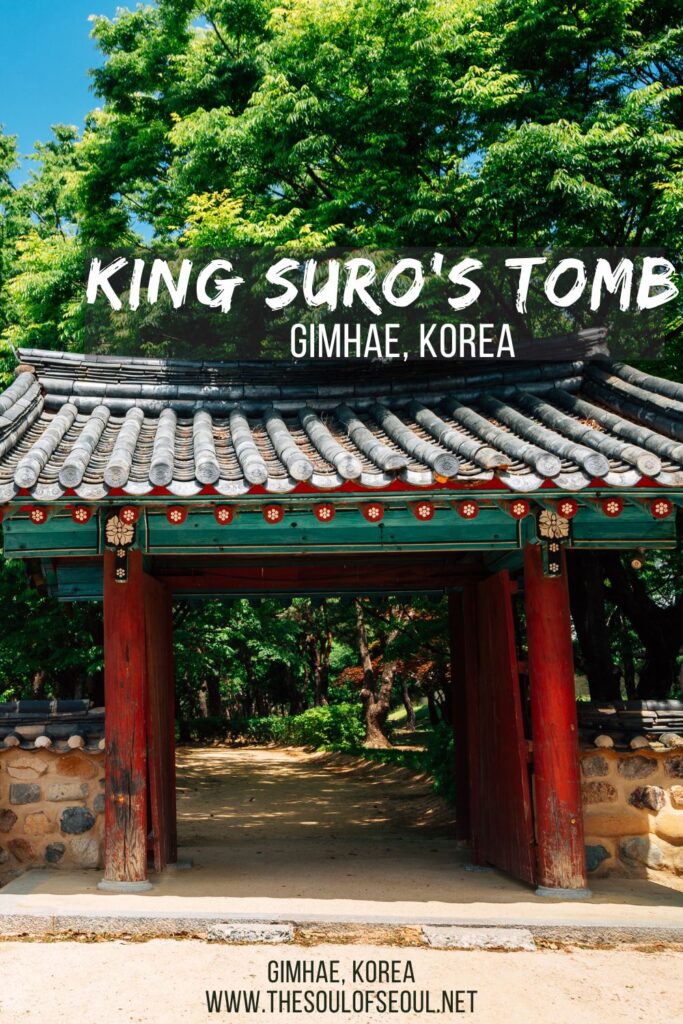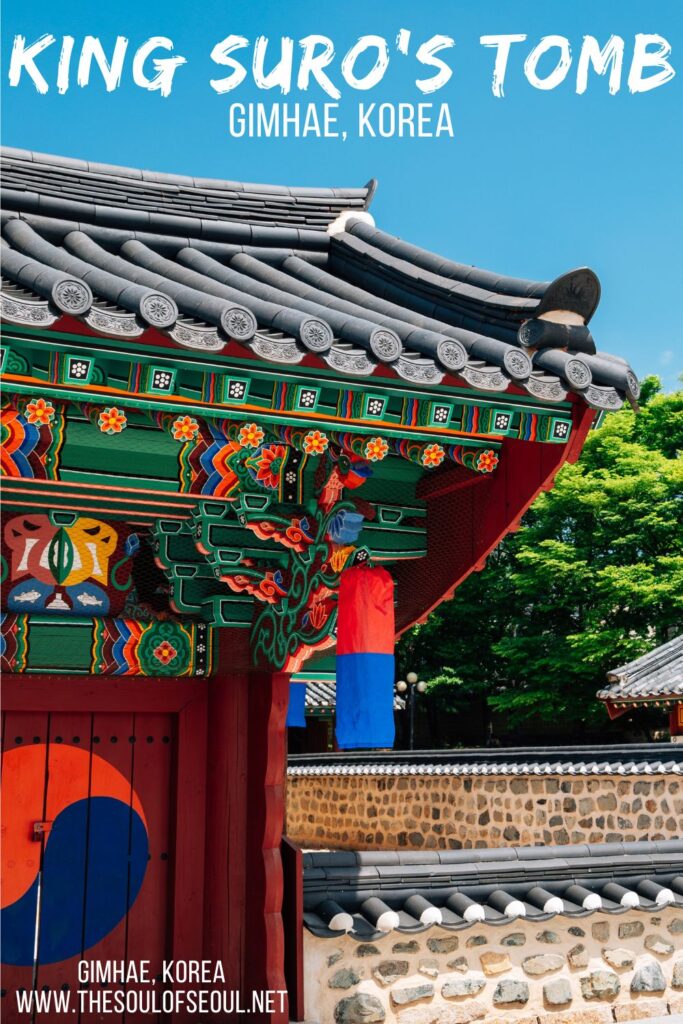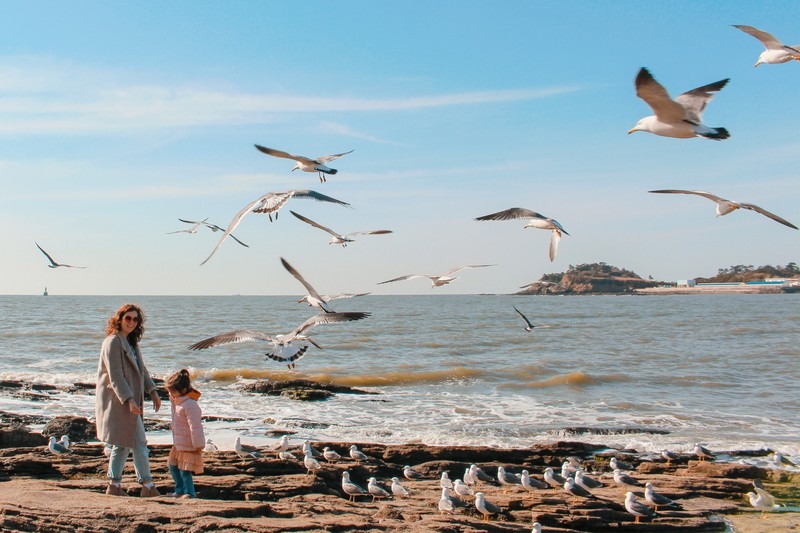King Suro’s Tomb in Gimhae, Korea
Last Updated on December 16, 2023
Get ready to learn more about history and legends with a visit to King Suro’s Tomb (수로왕릉) in Gimhae, Korea. There are a number of interesting things to do in Gimhae, a suburb of Busan, and this is just one intriguing place. Learn about the legend of King Suro, who, according to ancient records, passed away at the remarkable age of 158 in the year 199.
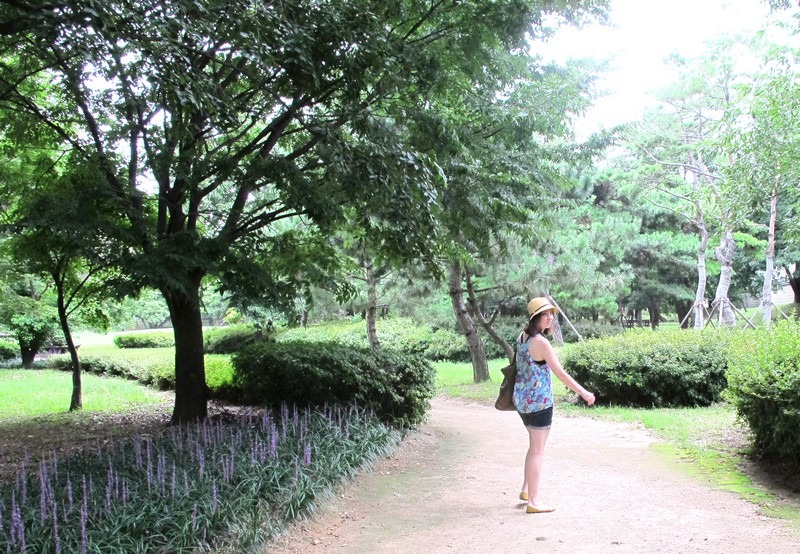
(This post contains affiliate links, which means I receive a certain percentage of a sale if you purchase after clicking at no cost to you. Thank you for your support.)
How To Get There
Address:26 Garak-ro 93beon-gil, Gimhae-si, Gyeongsangnam-do (경상남도 김해시 가락로93번길 26)
Directions: King Suro’s Tomb Station, exit 2. Go straight and turn left at the first intersection. At the fifth street, take a left and the park will be one block in. Follow signs where available.
Basic Info
Parking: 38 spaces available. W1,000 per hour.
Admission: Free
Hours: April – October: Everyday: 9:00am ~ 8:00pm; November – March: Everyday: 9:00am ~ 6:00pm
What To Know
According to the legend, King Suro was one of six princes born from eggs that descended from the sky in a golden bowl wrapped in red cloth. Suro was the first born and led the others in setting up the six states of Gaya in A.D. 42. King Suro’s wife was, according to legend, from the Indian country Ayuta and arrived to Gaya by boat. They married in A.D. 48. Queen Heo Hwang-ok was princess of the Indian country and still today identified with Ayodhya, India.
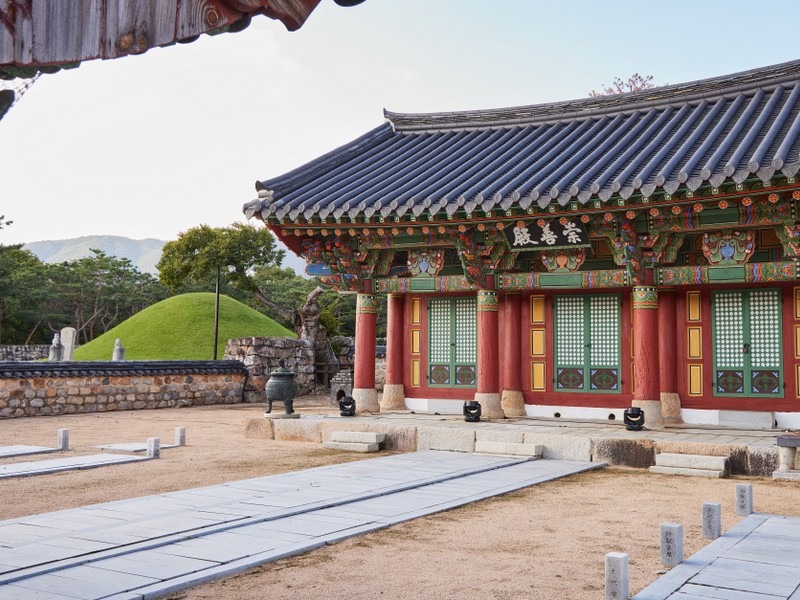
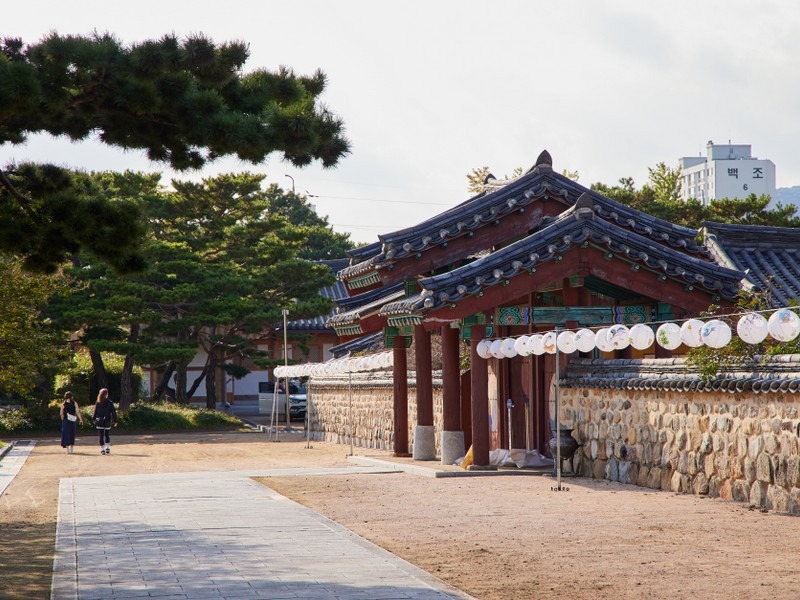

According to ancient records, the sign reads, King Suro died at the age of 158 in the year 199. His tomb is seen by entering a gate with two fish carved in the center and features stone statues of a warrior, a literary man, a horse, a sheep and a tiger.
In the 13th year of the reign of King Seonjo, 1580, of the Joseon Dynasty, Heo Yeop renovated the tomb site and erected the offering stones and stone alters. In the 25th year of King Injo’s reign, 1647, the tombstone was erected. And finally in the 15th year of Kong Gojong’s reign, 1878, the Sungseonjeon Shrine was named and the royal tomb was renovated to what it is today.
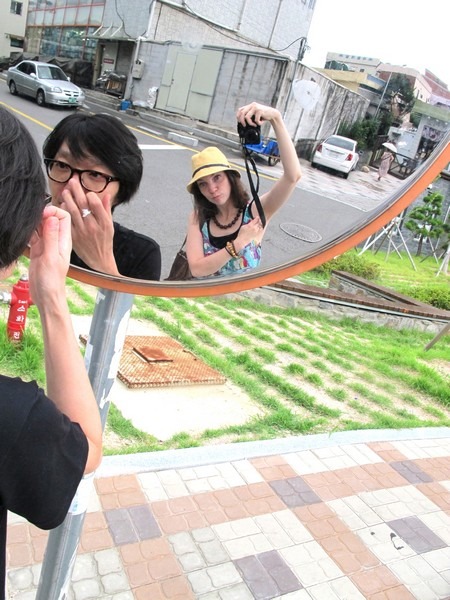


Of course I heard none of the legend story from Jae-oo, who often fails as a tourist guide, and read up on it when I got home. I can’t even fathom Korean history at times. The dates make almost no sense to me and I’m sure that’s because I grew up in a country with history books that only start in the 1700s where as Korean history books go back much further.
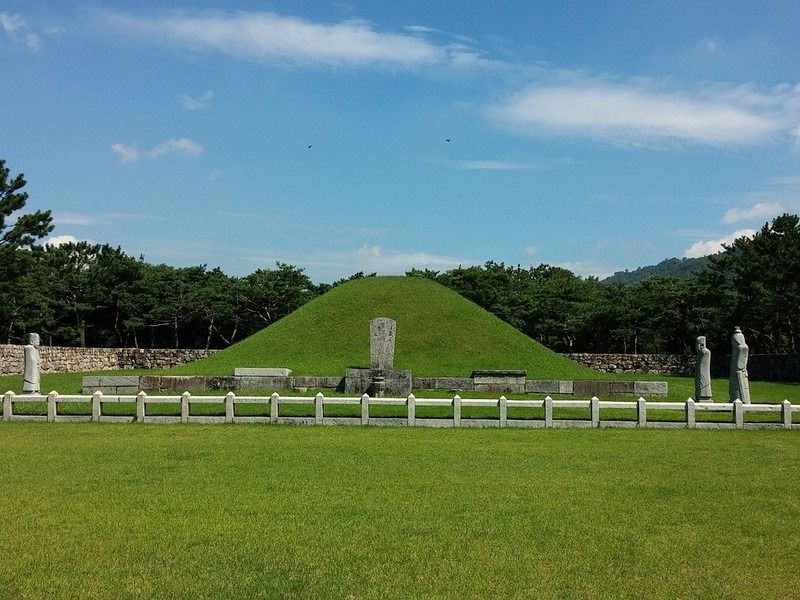
There was a nice park surrounding the tomb and a pond to one side where most of the visitors were enjoying the fresh air. I couldn’t get over how green everything was and since it was free to enter we didn’t really mind how small this site is compared to other tourist sites.
Did you like this post? Pin iT!
